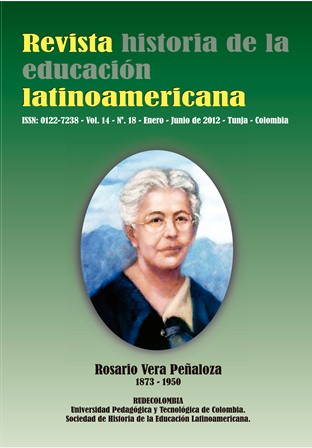THE DAILY LIFE OF A RURAL COLOMBIAN TEACHER Life history of the boyacense rural educator 1948-1974

Abstract
The research analyzes the period of political violence in the middle of the twentieth century in Colombia, through the story of a teacher’s life and daily life from a rural school, with a liberal political affiliation, displaced and persecuted. The method focuses on the social history from a socio-political and mindset perspective that includes the collective imaginaries and everyday life. The story of life provided the procedures, classification and organization of the information. The biography of the teacher and the story of her family made it possible to analyze the change in the family structure and its behavior in the category of displaced persons with the impact that political violence and socio-educational changes had on them. The strategies used were focused on the primary sources. It was concluded that the teacher, developed a peculiar sociocultural adaptationism. The historical sense that was achieved in the research invites to rethink about the mechanisms and policies for displaced persons by the current violence in Colombia, where education has the last word in the change of mental structures toward the knowledge society.Keywords
History of Latin American Education Magazine, violence, rurality, urban, teacher, displaced person.
Downloads
Download data is not yet available.